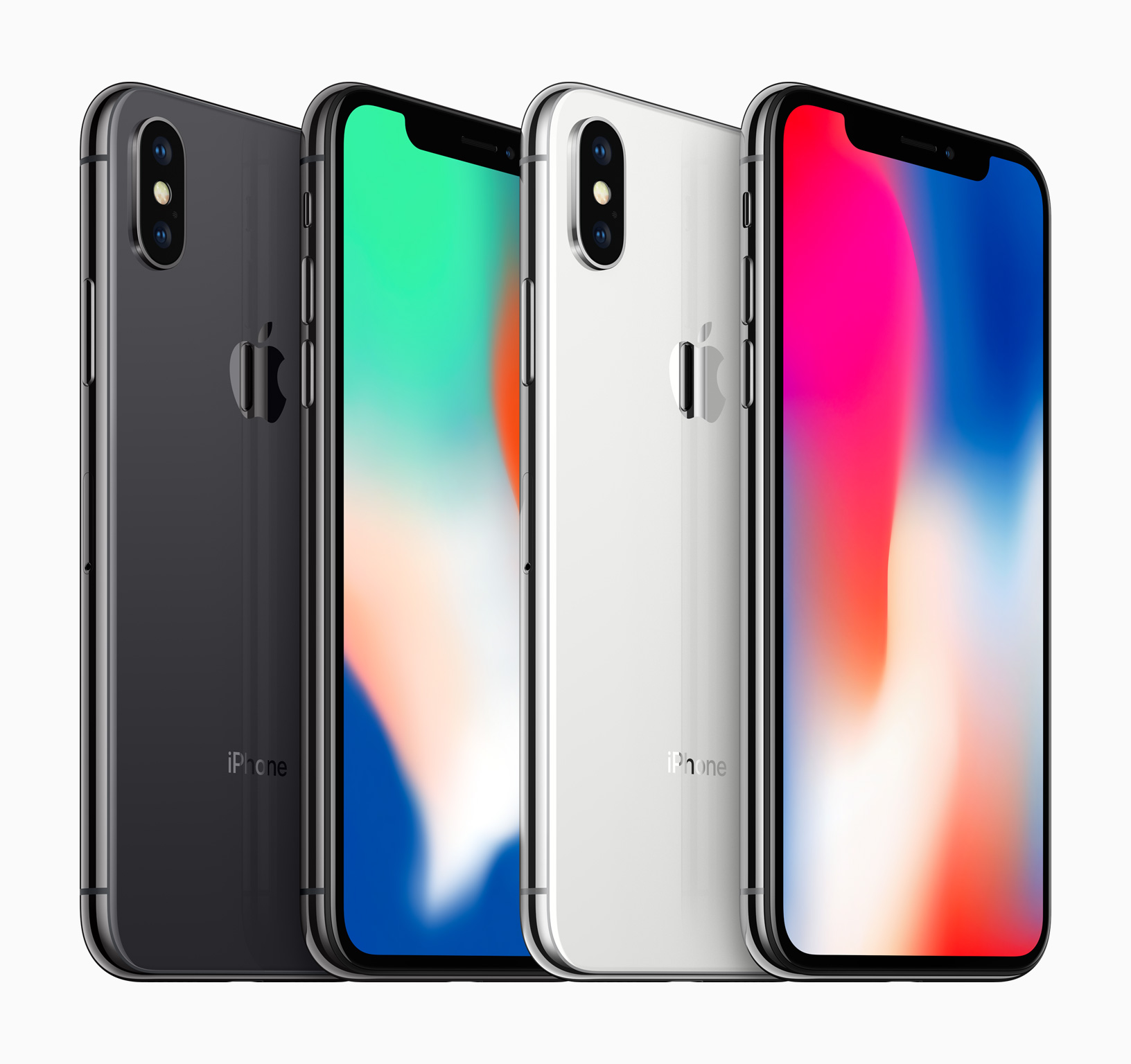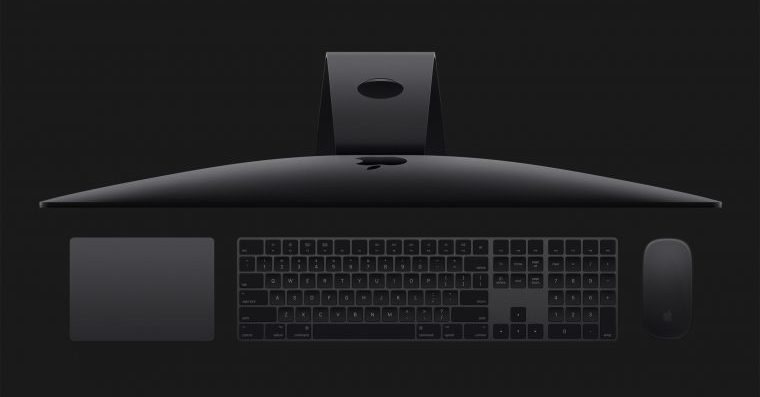The popular English magazine T3, which is focused on electronics and all other modern "toys" (and which is also published in the Czech version), published an interesting interview with Phil Shiller, who holds the role of Apple's marketing director. The interview focused mainly on the iPhone X, especially on the pitfalls that came up as part of its development. Shiller also briefly mentioned the upcoming iMacs, which should appear any day now. You can read the entire, rather extensive interview in the original <a href="https://cdn.shopify.com/s/files/1/1932/8043/files/200721_ODSTOUPENI_BEZ_UDANI_DUVODU__EN.pdf?v=1595428404" data-gt-href-en="https://en.notsofunnyany.com/">here</a>.
It could be interest you

One of the most interesting snippets is a passage in which Shiller describes the pitfalls surrounding the idea of removing the Home Button.
At the very beginning it seemed like madness and something that could not realistically be done. It is all the more rewarding when you see that your long-term efforts have succeeded and the result is great. During the development process, we got to a point where we had to decide if we really wanted to take this step (stretching the screen across the entire front and removing the Home Button). At the time, however, we could only guess how good Face ID would end up being. So it was a big step into the unknown, which eventually succeeded. The fact that the entire development team decided to take this step is admirable, because there was no turning back from this decision.
It could be interest you

The move to abandon Touch ID and replace it with Face ID is said to have paid off. According to Shiller, the popularity and success of the new authorization is mainly due to two main factors.
The vast majority of people get used to Face ID within a few tens of minutes, an hour at most. So it is not something that the user would have to get used to for several days or weeks. Of course, some users are used to the original Home Button and still have the movement to unlock it fixed. However, switching to Face ID is not a problem for anyone.
It could be interest you

Another thing that marks the success and popularity of Face ID is the fact that users also expect it on other devices. Once someone has been using the iPhone X for a long time, Face ID authorization is missing on other devices. Phil Shiller declined to comment on any questions regarding the presence of Face ID on other Apple devices. However, it is almost certainly clear that we can count on this system for example in the next iPad Pros, and in the future perhaps also in Macs/MacBooks. Speaking of Macs, Shiller also mentioned in the interview when the new iMac Pros will arrive.
We are getting really close to when they will be "out". It's very close indeed, basically within the next few days.
It could be interest you

So it is possible that Apple will start official sales of the new iMac Pros as early as this week. If that happens, we will of course let you know. Until then, you can read basic information about them, for example <a href="https://cdn.shopify.com/s/files/1/1932/8043/files/200721_ODSTOUPENI_BEZ_UDANI_DUVODU__EN.pdf?v=1595428404" data-gt-href-en="https://en.notsofunnyany.com/">here</a>.
Source: 9to5mac
Without a home button, it's like running through a copier.